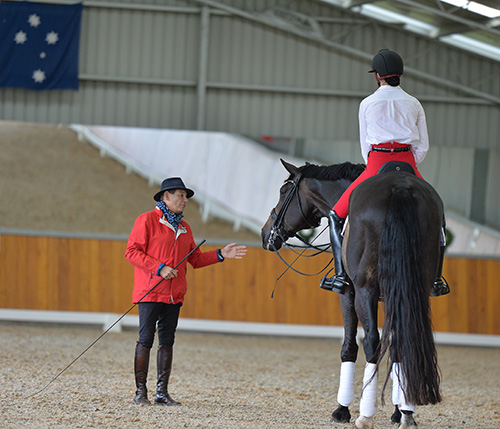
Rafael Soto is a regular and welcome visitor to our shores, thanks to Pernille Hogg who organizes his visits to Australia. Rafael has only just retired as director of The Royal Andalusian School of Equestrian Art in Jerez de la Frontera, Spain. Rafael’s contribution was celebrated in a special gala on 14 October 2022 on his 65th birthday.
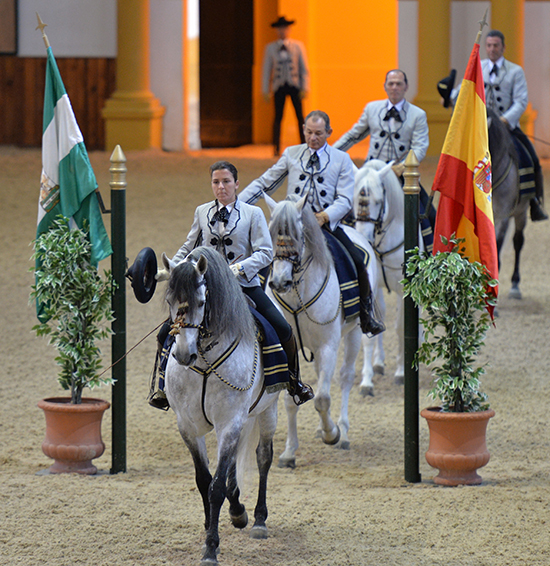
As a member of the Spanish team, Rafael Soto participated in three Olympic Games (1996, 2000 and 2004), five European Championships (1995, 1997, 1999, 2001 and 2003) and three World Cup Finals (1998, 2002, 2006), all of them with PRE bred horses.
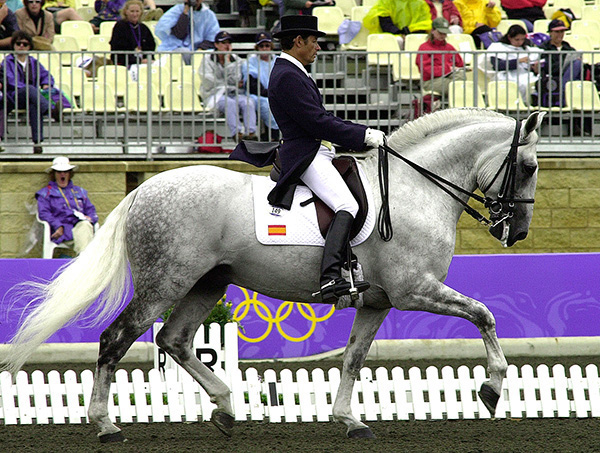
Rafael and Invasor
Rafael will continue to live in Jerez, helping his son, also Rafael, at his training stables, and enjoying the company of his grandson, also Rafael…
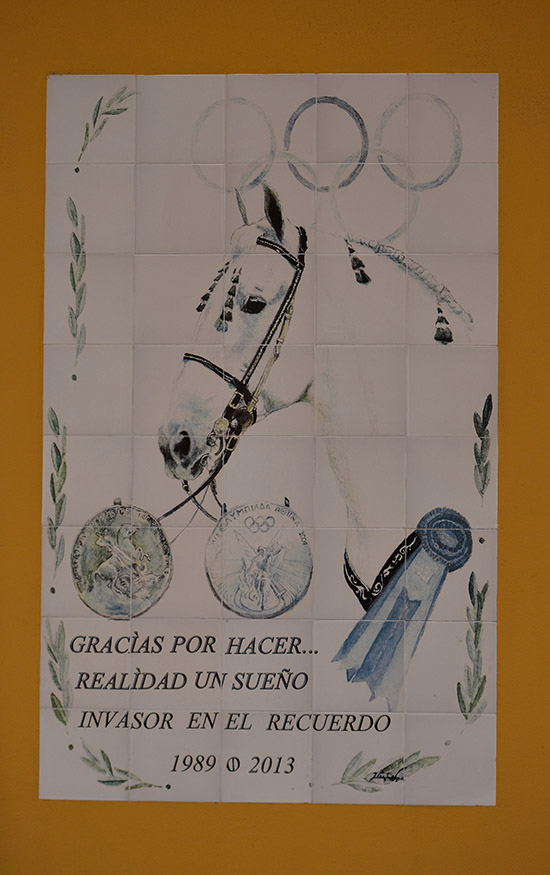
Invasor is honoured at the Royal School
As I have noted in the past, there is nothing Spanish about Rafael’s training methods, as he says, there is no Spanish dressage, no German dressage, just good dressage and bad dressage, but he is prepared to use a few school movements that most shy away from. We sat down over coffee to discuss them…
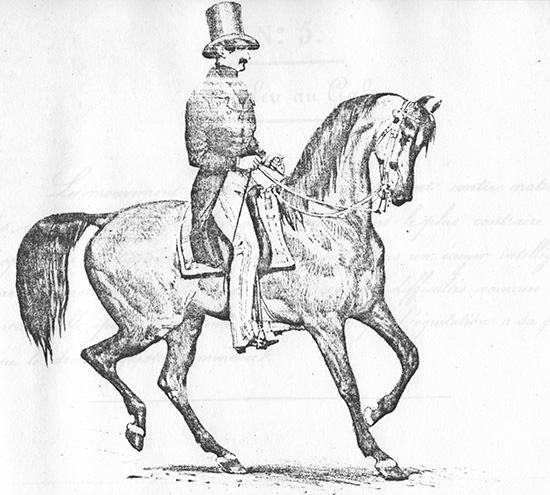
Like rein back…
“For me rein back is one of the very important exercises in dressage.”
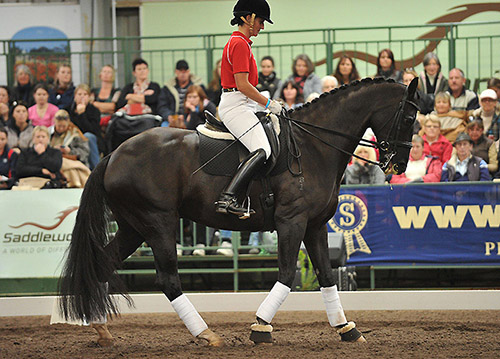
Yet people are scared of it…
“Very scared. This is because the fashion of horses moving a lot forward, of course, makes the rein back even more difficult, but if a horse cannot rein back well, he cannot go forward well because he is not on the hand – he’s always pulling too much, too much in front of the rider’s legs and not enough on his hind legs. All the great masters, the old masters of the classical school, for them the rein back was very important. And there is no difference between classical dressage and dressage, they are the same.”
“Like I say, there are only two types of dressage, the good one and the bad one. Over the years it has changed, dressage has become more sportive, and there are new ways to make the horse more athletic. It happens in every sport, like before in football, the football players were talented, but not so strong and physical – and for that they need the correct gymnastic, and for horses the same.”
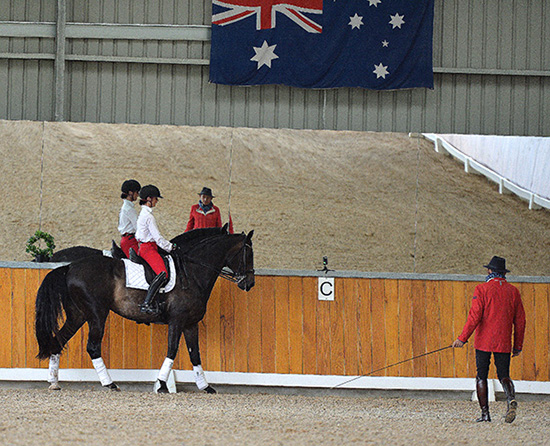
“But the rein back must be included in this gymnastic because it is a very good gymnastic. I can tell you, that we don’t do enough rein back.”
How do we know the difference between good rein back and the horse just being hauled back?
“Oh my god, it is very ugly to see a bad rein back, really ugly even for people who have no idea of dressage can see the resistance in the horse. When the horse does a correct rein back, it moves the legs in diagonals. The walk is in four beats but the rein back is in two beats, and it should be clear two beats, and to do it that way, the horse has to really bring up his stomach, his abdominal muscles, and stay on the legs of the rider. The rider makes a little pressure with the legs, and a little pressure with the hand and out of that, he just releases the contact and the horse goes rein back with the legs. This is the right way to rein back, the horse goes back by the rider’s legs, not by forcing and pulling.”
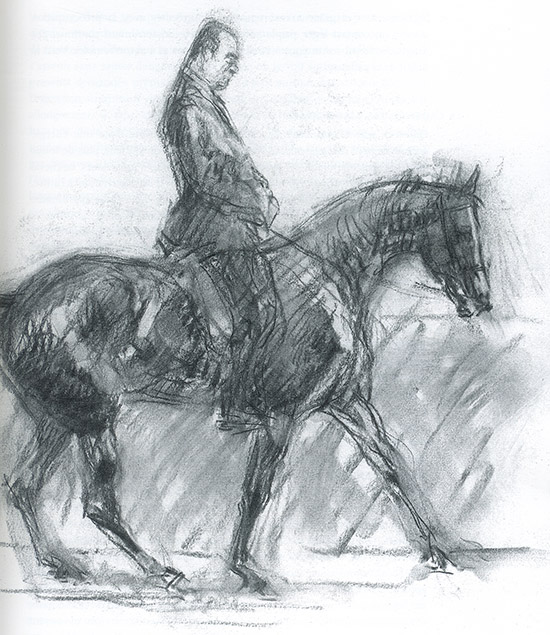
“No, no, you don’t pull, it is just a little detail of the contact, and after that the hands are steady, in front of the wither to the steady hands and with the legs, the horse goes rein back. And he must go straight. This is very difficult. There are many horses, even horses with big names, with a bad rein back – left or right with the haunches. It’s so difficult to find a really good straight rein back in diagonals, and really carrying himself in the rein back. It’s really difficult.”
“I would like to see in the tests, more rein back, more forward / rein back. Also I remember hearing there used to be rein back into passage immediately, a rein back on the centre line, and immediately passage. This is really difficult. Of course, if the rein back is well done, he goes immediately into the trot, or passage. If the horse needs to walk before the trot, it is because the rein back was no good.”
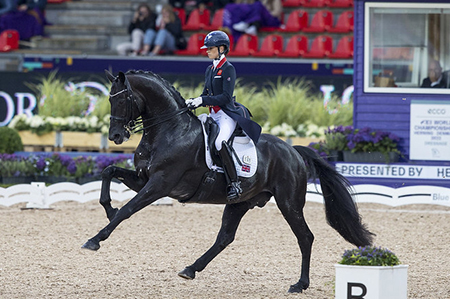
“You see more and more horses, they have a ten in the piaffe, a ten in the flying changes, or extended canter, like this Glamourdale, but a rein back five steps and straight into trot, I never saw that in the test, it has been taken out!
Maybe some horses get an eight in the rein back but most go seven, seven, even the super horses. You can see a halt of ten, or eight or nine, but a rein back of five steps and straight to trot?”
When you are training, how often do you use the rein back, and in what situations?
“That’s a very good question. Normally you do the rein back with a horse that is a little bit behind with his hindquarters – he is not engaged enough. Then you produce this rein back – halt, rein back and immediately to trot. Also from canter, halt, rein back and immediately trot again. This is always very good to do, we don’t do enough rein back, because many riders, and I am a bit that way, we are afraid that too much rein back will make the horse behind our hand, but I can tell you in every training session you must do a minimum two or three times or four times, rein back. You have to do it in the correct moments”.
“It also depends on the horse, normally it is good to do the rein back with a horse that has a little bit strong contact and falling on the hand. If the horse is already uphill, then maybe the rein back is not so necessary because the horse is already uphill, but he needs it if the hind legs are a little bit out behind. If he needs to improve his balance, then go to piaffe and the trot. Piaffe and trot, piaffe and trot. Walk, piaffe and again, trot.”
“If the horse is falling on the hand, if the horse is a bit downhill, it is very important this exercise, this rein back, but always after a good transition from trot to halt. Canter, halt – never that he is just falling down and he is behind your hand. First you have to push him forward, make the horse go into the hand, when you have the feeling that he is on your legs, then into the halt. To do a halt is not easy. The halt should be progressive, you cannot go from very big moving into a halt. You have to adapt the steps to the halt. It should be enough forward, but never too much forward with the hind legs out behind, it has to be in balance.”
“If you want to do a correct halt, you cannot go from canter medium and halt because it doesn’t work. You have to graduate and collect the canter with the half halts, then the horse starts to go uphill and engage, and then you produce the halt.”
“There is a very beautiful picture of the Duke of Newcastle, and he is doing a halt, and the hind legs are there, one front leg is on the floor, and the other is a bit up, you can see the horse is there in balance, this is the main thing, graduate the canter. Collecting, collecting, with the correct collection, and it is very difficult to do that. Only really well trained horses can do a perfect halt.”
“Halt and rein back, if the halt is difficult, then the rein back will be doubly difficult.”
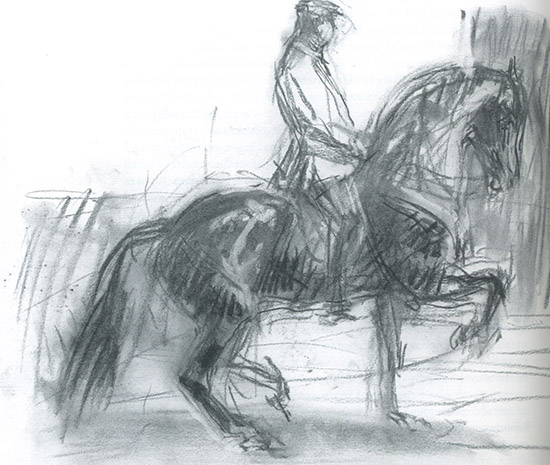
It’s interesting you talk about using piaffe, because that’s another training tool that we don’t use as a training tool…
“Riders think piaffe is only for the test, no, no, no. The piaffe is created for training the horse. If you are not able to do piaffe to trot, trot to piaffe, you will never do good transitions, really clean transitions, piaffe, passage, piaffe, passage.”
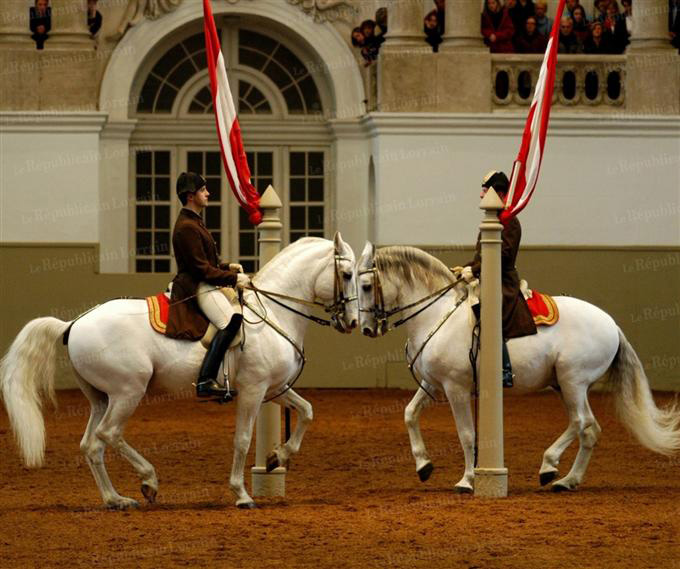
“It is a training tool, you can see it in the classical schools, like Jerez, like Vienna. Next year it is very exciting, because it will be the fiftieth anniversary for the School in Jerez, then in July something special, the four schools: Vienna, Saumur, Portugal, and the School of Jerez. Next year it will be fifty years since Alvaro Domecq created the school in 1973. It will be a very special show, I have resigned now but I hope they invite me back.”
“In the School of Vienna, you see them do trot, trot, trot, piaffe, then trot and they do that a few times and they show it in their show. At the end they do piaffe, passage, but before that they do, piaffe, trot, maybe they do a half pass, shoulder in, then suddenly on the diagonal trot, piaffe and trot. It’s a training method. Classical, but also it is possible for the dressage sport.”
“Later in Vienna they do piaffe passage, but first they show that the horse is trained, by doing trot in one hand, holding the whip up, on the short diagonal, trot, piaffe. They do it two times to show that the horse is really collected. Vienna has 450 years of history but it is perfectly adaptable to the methods of dressage sport. No problem.”
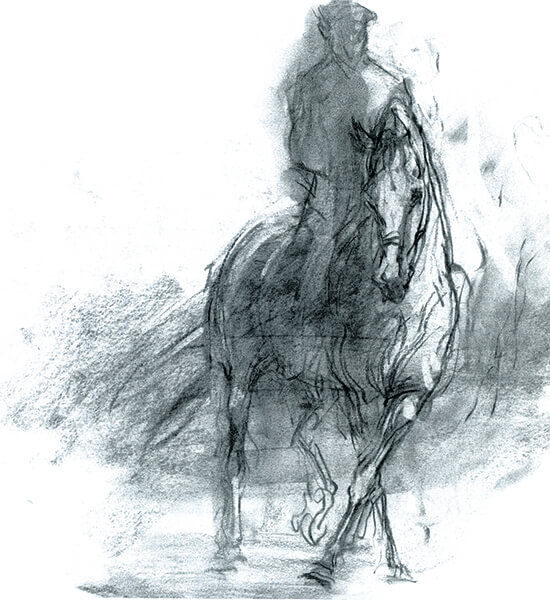
While we are talking about things people are scared of, lots of people are scared of leg yield.. You were using them all the time time and mixing them in with half pass…
“They say you cannot use leg yield or you will never train half pass. No, half pass, leg yield, if you don’t mix leg yield with half pass, you can never train a good horse. Lots of half pass, leg yield, it’s very important, and more and more, I am using a lot of that. Half pass, leg yield, in the walk and the trot, and the canter. The combination of half pass, leg yield, makes the horse more supple than the shoulder in, even more. Shoulder in is important, everything is born from shoulder in, but half pass, leg yield makes a benefit to the body, it is a very important gymnastic.”
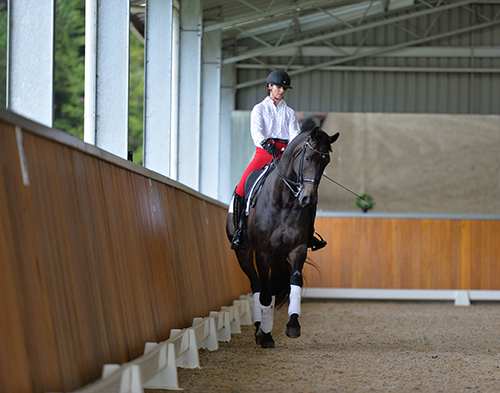
Shoulder in is important…
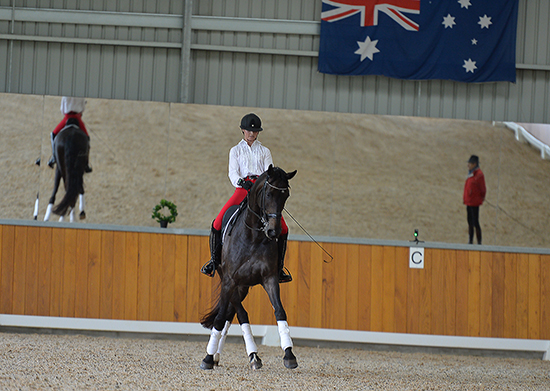
But leg yield, half pass is a very important gymnastic
Thanks Rafael, hopefully we’ll meet in Jerez for that special performance…
Looking for the right stallion for your mare this season? Do you want the latest top European bloodlines ?
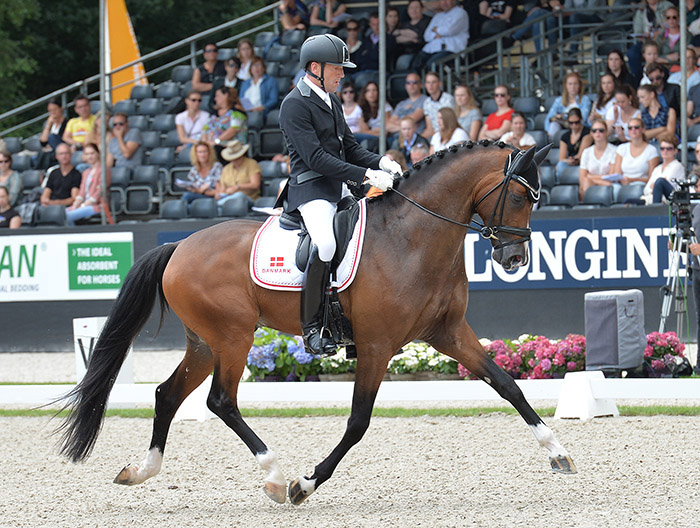
Donkey Boy
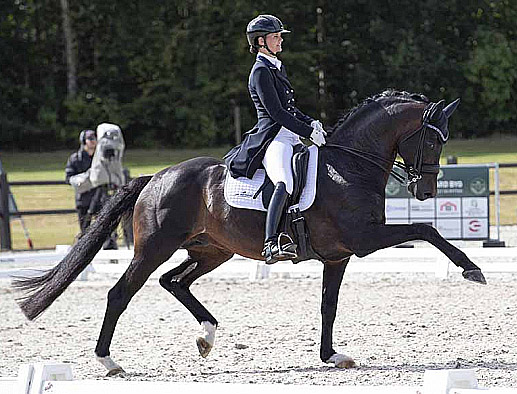
Franklin
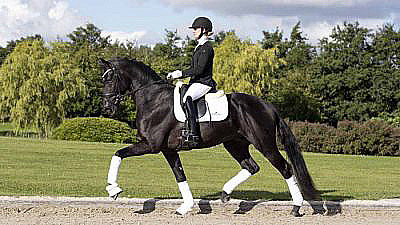
Iron
Go to www.ihb.com.au


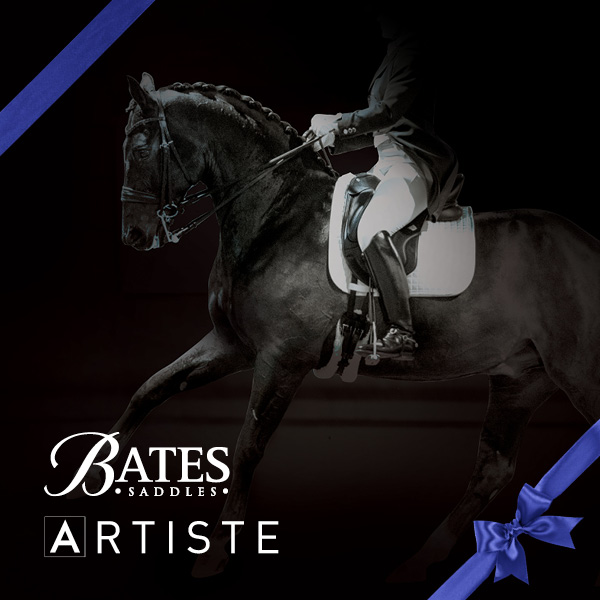
Thank you for the gems o9f wisdom. Hard to get them these days!!